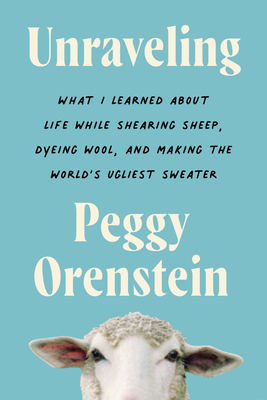 Unraveling: What I Learned About Life While Shearing Sheep, Dyeing Wool, and Making the World's Ugliest Sweater by Peggy Orenstein
Unraveling: What I Learned About Life While Shearing Sheep, Dyeing Wool, and Making the World's Ugliest Sweater by Peggy Orenstein Format: eARC
Source: supplied by publisher via Edelweiss
Formats available: hardcover, ebook, audiobook
Genres: autobiography, biography, history, memoir, women's history
Pages: 224
Published by Harper on January 24, 2023
Purchasing Info: Author's Website, Publisher's Website, Amazon, Barnes & Noble, Kobo, Bookshop.org, Better World Books
Goodreads
In this lively, funny memoir, Peggy Orenstein sets out to make a sweater from scratch--shearing, spinning, dyeing wool--and in the process discovers how we find our deepest selves through craft. Orenstein spins a yarn that will appeal to everyone.
The Covid pandemic propelled many people to change their lives in ways large and small. Some adopted puppies. Others stress-baked. Peggy Orenstein, a lifelong knitter, went just a little further. To keep herself engaged and cope with a series of seismic shifts in family life, she set out to make a garment from the ground up: learning to shear sheep, spin and dye yarn, then knitting herself a sweater.
Orenstein hoped the project would help her process not just wool but her grief over the recent death of her mother and the decline of her dad, the impending departure of her college-bound daughter, and other thorny issues of aging as a woman in a culture that by turns ignores and disdains them. What she didn't expect was a journey into some of the major issues of our time: climate anxiety, racial justice, women's rights, the impact of technology, sustainability, and, ultimately, the meaning of home.
With her wry voice, sharp intelligence, and exuberant honesty, Orenstein shares her year-long journey as daughter, wife, mother, writer, and maker--and teaches us all something about creativity and connection.
My Review:
Looking back – and oh how happy I am to be able to do that – we all unraveled a bit during COVID. At its simplest, Unraveling is one author’s story of how she dealt with that “Great Unraveling” by, well, raveling. Technically by knitting, but if the sheep baas, shear it.
So the framework of Unraveling is centered on what turned out to be the author’s pandemic project. People did all sorts of things to help them through the lockdown, or to provide structure while doing so, or perhaps a bit of both.
The author, who was an author in the Before Times whose in-progress book tour dissolved in the lockdowns, did not adopt a new pet as many people did. Although her project did involve animals – just not in any of the usual ways.
As a lifelong knitter, she decided to go deeper into a hobby she learned from her mother. SLFHM for short, as she learned that many, many fiber artists learned their craft from their mothers.
Orenstein went very deep, even though her shears often didn’t go nearly deep enough. She decided to experience the entire process of knitting from the first stage of the work to its final product by learning how to shear sheep, take the sheared wood through cleaning and carding, spin it into yarn, dye it using natural dyes and last but not least, knitting a sweater from the fruits of her labor. Which was also, naturally (pun intended) a fruit of her labor.
The steps of her project, frustrating, messy, aching and all too often colorful – whether from bruises or yarn going through the color spectrum, form the backbone of the book.
But each step and stumble along that way turned the author’s mind, and followed by the reader’s, down the myriad byways of history, science, sociology, ecology and pretty much anywhere and everywhere else that the human experience takes us.
Spinning thread leads to thoughts about the rise of civilization, the development of language and the independence generated by women’s work along with excoriations about the patriarchy that all too often suppresses it. Dyeing leads to the history of the chemical industry. The handwork – and hard work – of producing one’s own clothing gets into a discussion of the rapaciousness of the clothing industry and its effects on the environment.
One thought leads to another. Inevitably. As humans do.
Mixed in with a fascinating meander through history and sociology are personal elements, as Unraveling is kind of a journal of one woman past midlife dealing with all that life throws at us when we realize that there are more days behind us than in front of us. That our parents are going or gone. That our children – if we have them – are moving out and away. And all of that in the midst of quarantines where the rituals that usually surround those milestones are out of reach, as are the loved ones who are leaving us behind, one way or another.
Reality (and Escape) Rating A-: I’m calling it both, as this is a nonfiction book about the author’s way of escaping from the unstructured, amorphous nature of life under lockdown. Sometimes, finding purpose is the best thing we can do for ourselves as humans, and Unraveling is one person’s story about that journey.
Unraveling turns out to be a thoughtful book combining a lightness of heart with the heaviness of a sweater produced by hands filled with a lot of love and no small measure of grief. The exploration of the process of creating the sweater and all of the sweat equity that went into each step will draw in many readers – particularly those with some interest or experience in any of the fiber arts – whether they were taught by their mothers or not.
The explorations into history, culture and science will remind readers of some of Mary Roach’s work, or even Caitlin Doughty’s work about the death industry (Smoke Gets in Your Eyes), that same idea of using a process to explore a concept and its history in depth. Whether the depth of the research in Unraveling goes as far or as deep is a question that this reader can’t answer, but I found it all utterly fascinating – even though I’m not a knitter.
I suspect there will be some mixed feelings among readers about the more personal issues the author brings to this work, especially her grief over the final loss of her mother and the everyday loss of little pieces of her father as he succumbs to Alzheimer’s. As someone in the same age cohort, her thoughts about her losses resonated with me, as did her considerations – and still considering – the inevitable changes coming to her own life as she and her husband face retirement and what lies beyond. That part of her story may not work for every reader, but it certainly did for this one.

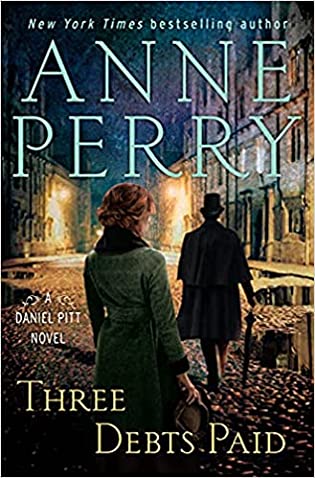 Three Debts Paid (Daniel Pitt, #5) by
Three Debts Paid (Daniel Pitt, #5) by 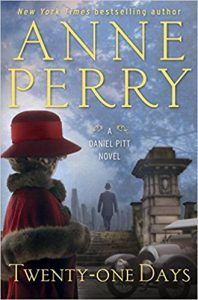 The older Pitts are still active and are secondary characters in this later series featuring their son Daniel, a series which began with the excellent
The older Pitts are still active and are secondary characters in this later series featuring their son Daniel, a series which began with the excellent 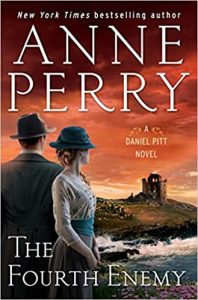 I found that teetering balance to be the most compelling part of the story, but that is not to shortchange either the frustrations of Daniel’s legal case or the pulse-pounding desperation and intellectual puzzle of the hunt for the serial killer. In combination, they kept me glued to the story until I finished with relief at the outcome as well as a bit of a sad because this wonderful series is nearly at an end.
I found that teetering balance to be the most compelling part of the story, but that is not to shortchange either the frustrations of Daniel’s legal case or the pulse-pounding desperation and intellectual puzzle of the hunt for the serial killer. In combination, they kept me glued to the story until I finished with relief at the outcome as well as a bit of a sad because this wonderful series is nearly at an end.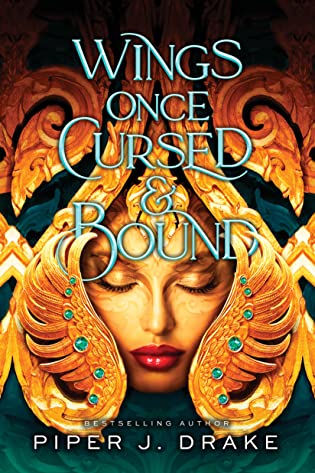 Wings Once Cursed and Bound (Mythwoven, #1) by
Wings Once Cursed and Bound (Mythwoven, #1) by 
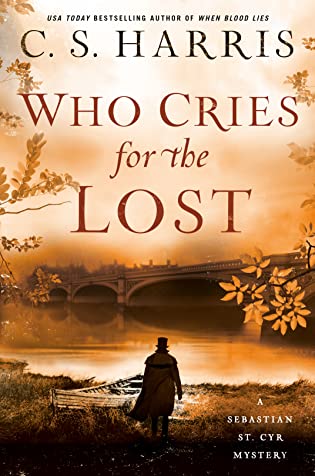 Who Cries for the Lost (Sebastian St. Cyr, #18) by
Who Cries for the Lost (Sebastian St. Cyr, #18) by 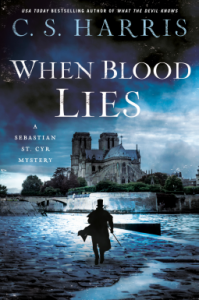 St. Cyr served as a cavalry officer and sometimes an undercover operative in the worst places and days of the Napoleonic Wars. Wars that are not quite over when this entry in the series takes place in June of 1815, barely a season after the events of the previous book in the series, the excellent
St. Cyr served as a cavalry officer and sometimes an undercover operative in the worst places and days of the Napoleonic Wars. Wars that are not quite over when this entry in the series takes place in June of 1815, barely a season after the events of the previous book in the series, the excellent 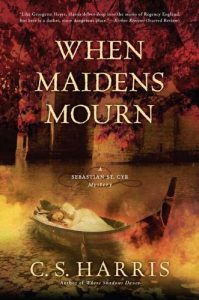 What kept this reader going through the story was the skill with which the two threads were woven together. Was Sedgewick killed for his many, many misdeeds? Or was he killed to stop, or conceal, treason or espionage? Or was it purely revenge? Or all of the above? Getting that question answered while exploring St. Cyr’s world made for a compelling read. As it has every single time since
What kept this reader going through the story was the skill with which the two threads were woven together. Was Sedgewick killed for his many, many misdeeds? Or was he killed to stop, or conceal, treason or espionage? Or was it purely revenge? Or all of the above? Getting that question answered while exploring St. Cyr’s world made for a compelling read. As it has every single time since 
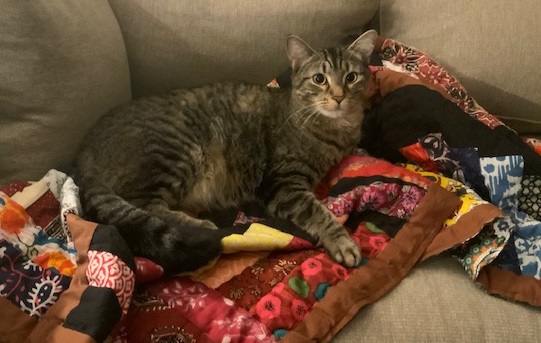
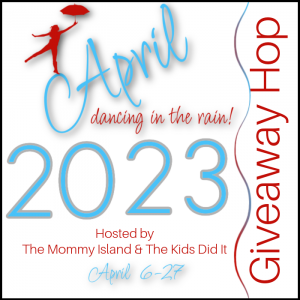 Current Giveaways:
Current Giveaways: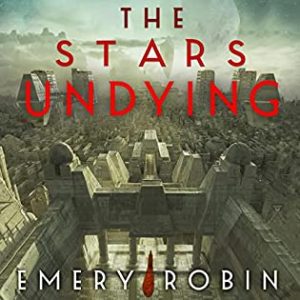 Blog Recap:
Blog Recap: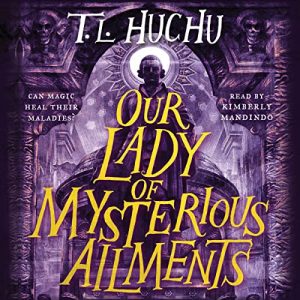 Coming This Week:
Coming This Week:















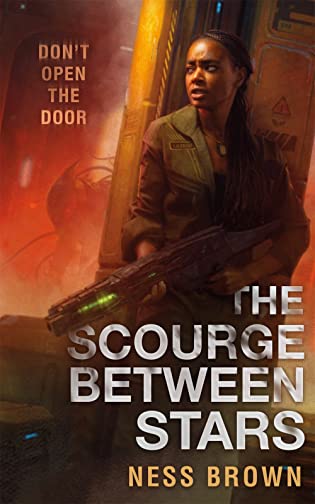 The Scourge Between Stars by
The Scourge Between Stars by 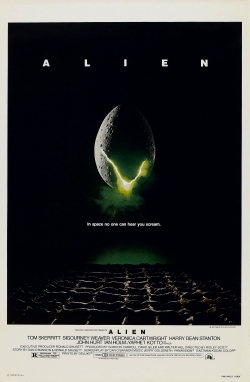 Escape Rating A-: Whether The Scourge Between Stars is science fiction or horror depends on which side of that divide the reader thinks the movie
Escape Rating A-: Whether The Scourge Between Stars is science fiction or horror depends on which side of that divide the reader thinks the movie 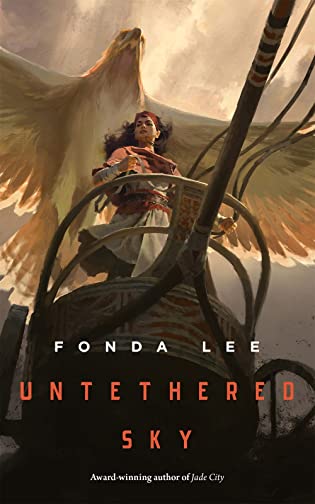 Untethered Sky by
Untethered Sky by 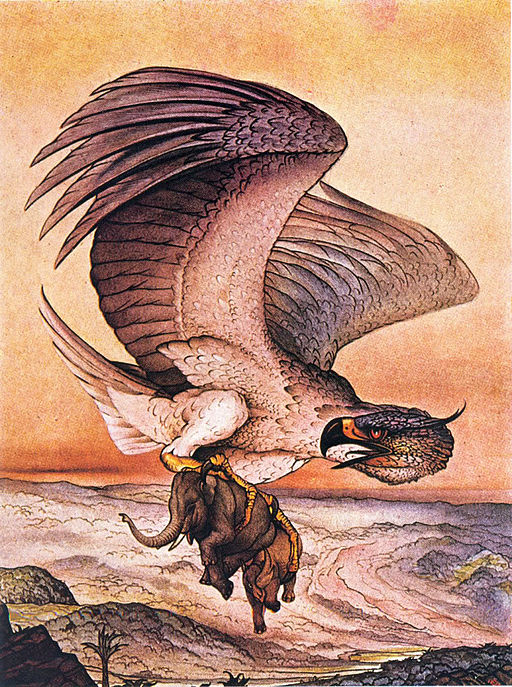
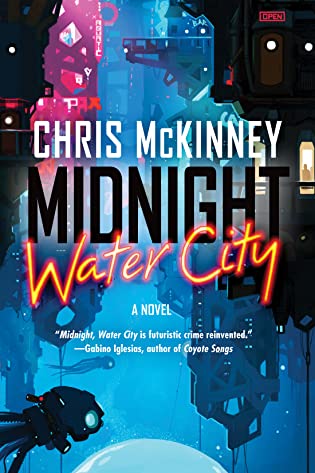 Midnight, Water City (Water City, #1) by
Midnight, Water City (Water City, #1) by 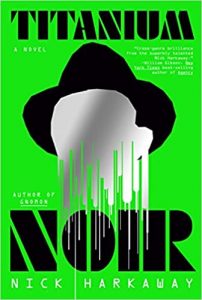 Escape Rating A: In the beginning, Midnight, Water City reminded me a whole helluva lot of
Escape Rating A: In the beginning, Midnight, Water City reminded me a whole helluva lot of 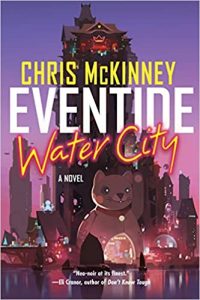 What made this story and setting so damn fascinating was that the detective’s walk through very dark places in his past and Kimura’s leads both the protagonist and the reader to questions about what he was truly serving and why he was chosen to serve it. Questions about the difference between something being right and something being true – and which is the one that lets you sleep at night.
What made this story and setting so damn fascinating was that the detective’s walk through very dark places in his past and Kimura’s leads both the protagonist and the reader to questions about what he was truly serving and why he was chosen to serve it. Questions about the difference between something being right and something being true – and which is the one that lets you sleep at night.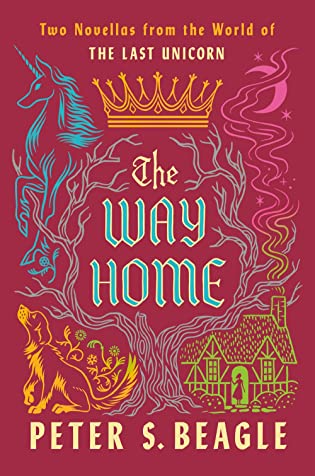 The Way Home: Two Novellas from the World of The Last Unicorn (The Last Unicorn) by
The Way Home: Two Novellas from the World of The Last Unicorn (The Last Unicorn) by 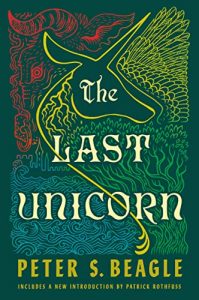 As a story – as opposed to the character – “Sooz” did not work for me. While I was not expecting a happy ending, as this world tends toward bittersweet on the happiness scale, I was expecting this story to feel like it was part of the continuum from
As a story – as opposed to the character – “Sooz” did not work for me. While I was not expecting a happy ending, as this world tends toward bittersweet on the happiness scale, I was expecting this story to feel like it was part of the continuum from